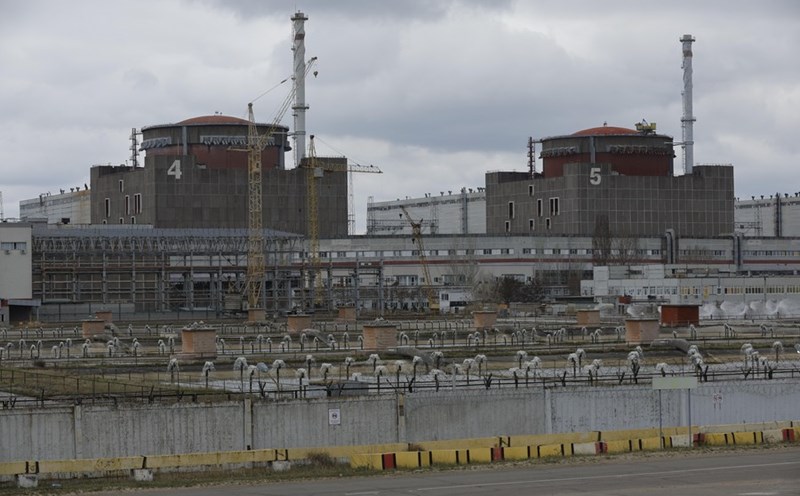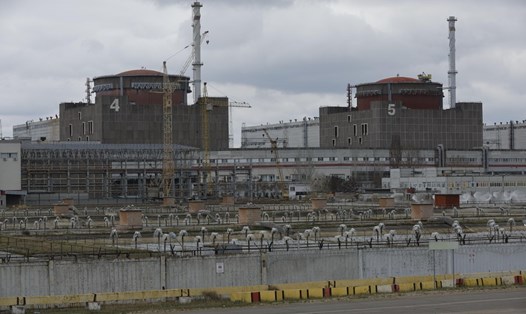During negotiations to end the conflict in Ukraine, the possibility of easing Russian sanctions was one of the contents discussed.
Russia's trade with the US and EU
Before the conflict, Russia was one of the largest suppliers of fuel oil to the US, exporting up to 1 million tons (equivalent to 240,000 barrels/day) per month. The US also imports part of its crude oil from Russia's Far East. These fuel lines could be resumed if sanctions are eased.
Europe used to be a major customer for Russian oil and gas. However, a series of sanctions against Russia along with efforts to reduce dependence on Russian energy have affected this energy flow.
The EU has no plans to change its policy on Russian oil and gas imports until Brussels reviews the current package of sanctions.
Europe remains hesitant and aims to completely stop importing Russian oil and gas by 2027. Therefore, it is unlikely to restore Russian energy supplies to pre-crisis levels, even if sanctions are eased.
In addition, infrastructure sabotage, such as the Nord Stream pipeline connecting Russia to Germany, will also affect future energy flows.
Payment
The easing of US financial sanctions will have a greater impact on Russian energy exports.
By excluding major Russian banks from the global payment system SWIFT and other financial services, US and EU sanctions have forced Russian exporters to use alternative payment mechanisms with higher costs and extended processing times per month. If US sanctions are eased, Russian companies could more easily trade in USD.
Price
The US, EU and its allies have set a price cap of $60 a barrel for Russian oil. The sanctions prohibit Western insurance and transport companies from participating in transactions if the selling price exceeds this level. If the US stops implementing price ceilings, Russian exporters could find more willing maritime service providers.
Russian Urals prices plummeted in early 2022 as European refineries stopped importing. Urals are currently around $10 a barrel lower than Brent, while the difference before the conflict was around $12,2 a barrel.
If US sanctions are eased, Urals could increase, but it is unlikely to return to pre-conflict levels unless EU sanctions are also lifted.
Transportation
The US Treasury Department has imposed sanctions on hundreds of Russian oil and fuel tankers, dozens of shipping companies and several Russian insurance companies since 2022.
The sanctions have caused many vessels to stop operating. Many sanctioned vessels have anchored at Russian ports. If these sanctions are lifted, Russia will pay less transportation costs, thereby increasing income from crude oil sales.
Gas
There are currently no sanctions on Russian gas transported via pipeline, but most countries have stopped buying gas from Russia after the conflict broke out.
The US sanctions also target companies that support the development of Russia's Arctic LNG 2 project. If sanctions are lifted, the development of Russia's LNG plants could be accelerated.











